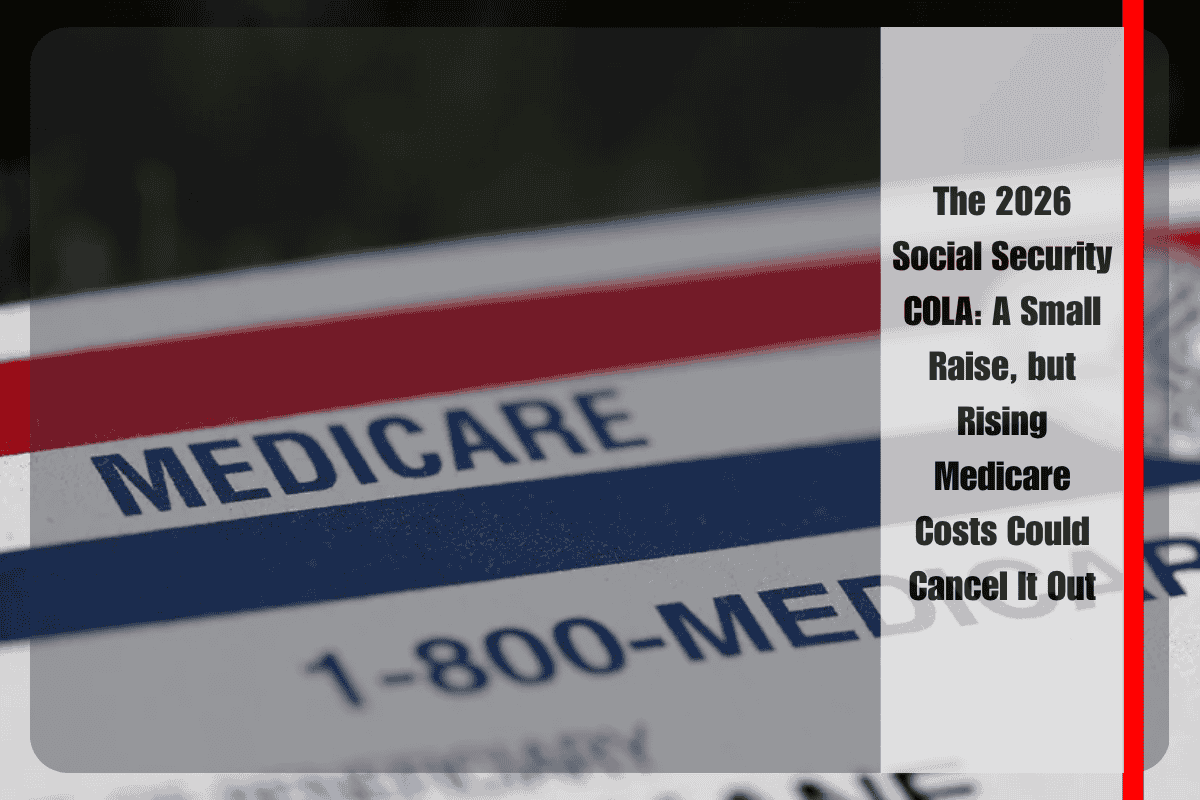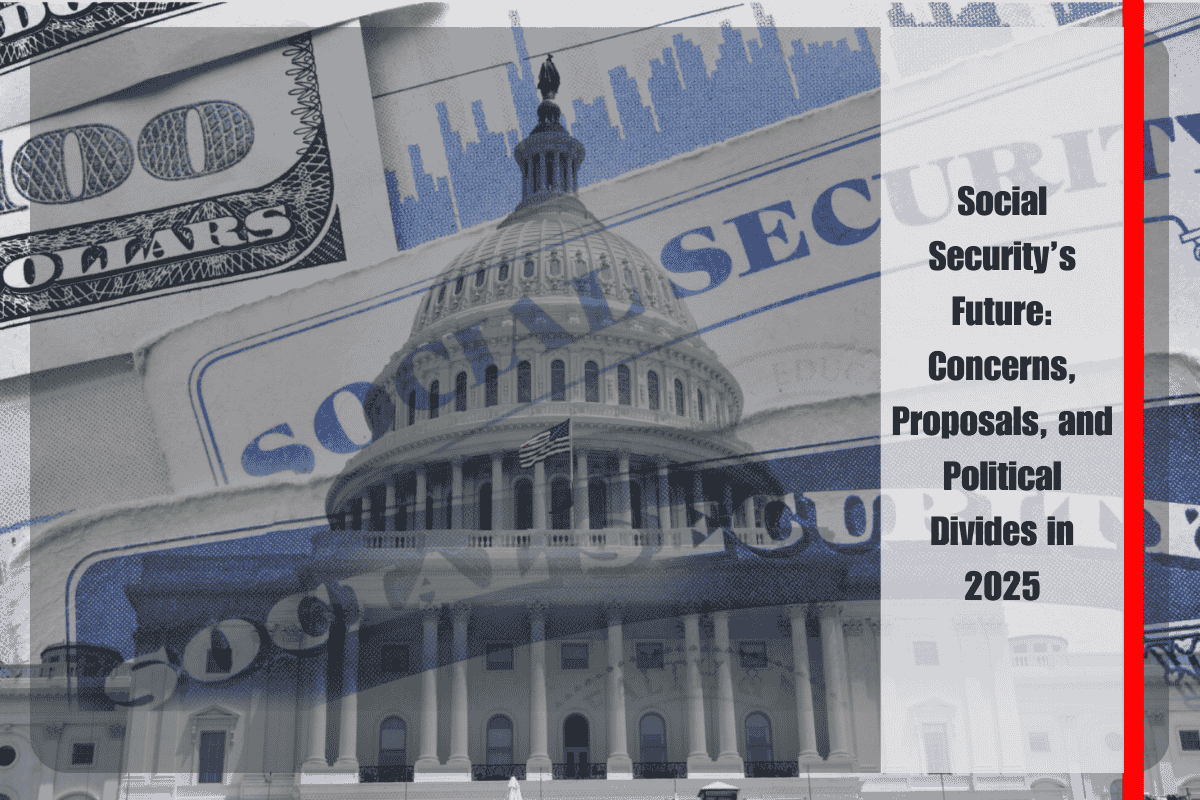For many Social Security recipients, 2026 promises a small cost-of-living adjustment (COLA) increase. But before you get too excited, there’s a significant catch—rising Medicare costs could quickly erase that raise for millions of people, leaving them with less money in their pockets.
The COLA Increase: A Modest Gain
The most recent estimate for the 2026 COLA, based on inflation data from the Consumer Price Index for Urban Wage Earners and Clerical Workers (CPI-W), suggests a 2.7% increase. This is a slight uptick from the earlier 2.5% forecast, driven by ongoing inflation that is running higher than the Federal Reserve’s 2% target. While this may sound like good news, many seniors feel that these increases haven’t kept up with the rising costs they face in daily life.
Rising Medicare Costs: The Big Catch
While a 2.7% COLA sounds helpful, rising Medicare Part B premiums may overshadow this gain. According to the 2025 Medicare Trustees Report, the standard monthly premium for Medicare Part B is expected to rise from $185 in 2025 to $206.50 in 2026—an 11.6% increase, the largest since 2022.
The Impact: Fewer Dollars in Hand
For most Social Security recipients, the Medicare Part B premium is deducted directly from their monthly benefits. When these premiums rise faster than the COLA, the result can feel like a pay cut. For people who rely on Social Security to cover most of their expenses, even a modest increase in Medicare premiums can wipe out the entire COLA raise.
For example, if you’re receiving $800 a month in benefits, the $21.50 increase in Medicare premiums could entirely cancel out the 2.7% COLA raise. This will have the biggest impact on retirees with smaller Social Security checks, including widows, disabled workers, and those receiving spousal benefits.
Moreover, some individuals might also lose Medicaid coverage that previously helped cover their premiums. This could further worsen the financial burden for some, making it harder to keep up with rising healthcare costs.
Is the COLA System Fair?
A significant point of frustration for many seniors is the way the COLA is calculated. The adjustment is based on the CPI-W, which reflects spending patterns of working adults—not retirees. Since seniors’ biggest expenses, such as healthcare, housing, and groceries, are weighted less in the CPI-W, it doesn’t truly capture the financial challenges that retirees face.
Advocacy groups like The Senior Citizens League have long argued for switching to the Consumer Price Index for the Elderly (CPI-E), which would better reflect the actual spending habits of retirees. However, despite years of advocacy, no change has been made.
What’s Next? Waiting Until October for the Official COLA Announcement
The official COLA increase won’t be confirmed until October 2025, once inflation data from July through September is finalized. In the meantime, more than 74 million Americans are left in limbo, unsure of how much, if anything, they will actually gain from next year’s adjustment.
For many seniors, even a small increase in their Social Security benefits can make a difference. But in 2026, with rising healthcare costs swallowing up any extra gains, it looks like many will see little to no improvement in their monthly budgets.
While the 2.7% COLA for 2026 may bring some relief to Social Security recipients, rising Medicare premiums are likely to offset any gains, particularly for those with lower monthly benefits. As inflation continues to outpace the COLA, seniors may find themselves struggling to keep up with the rising cost of living, with healthcare expenses taking an even larger share of their income. For many, even a few extra dollars can make a difference, but in 2026, it’s looking more likely that rising healthcare costs will eat up any potential gains.












